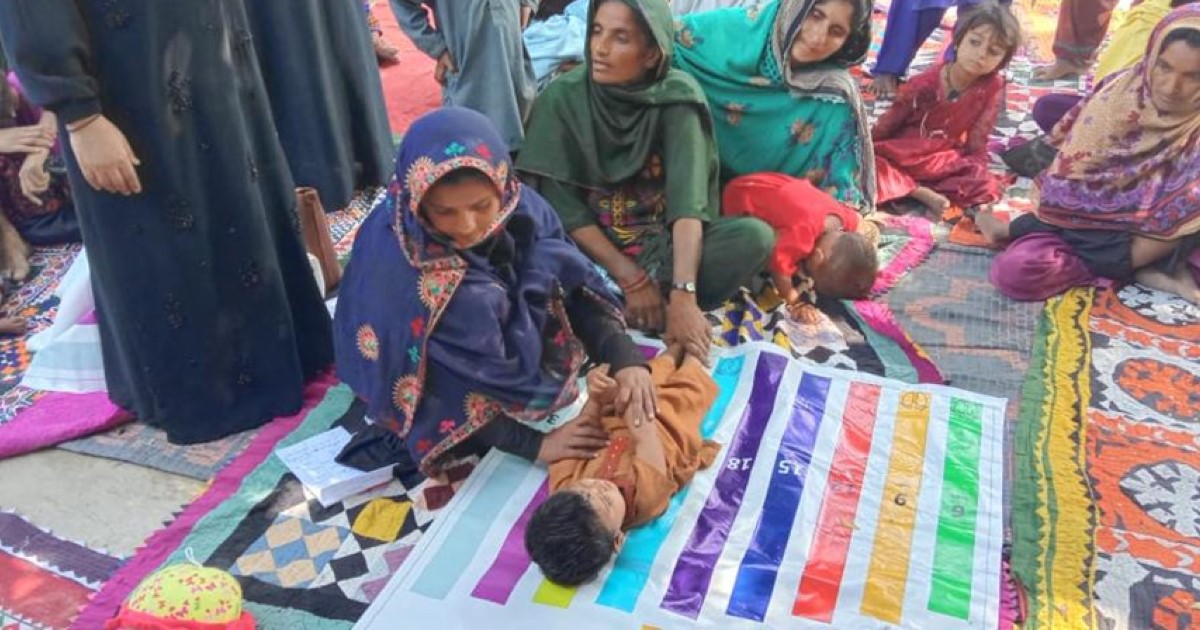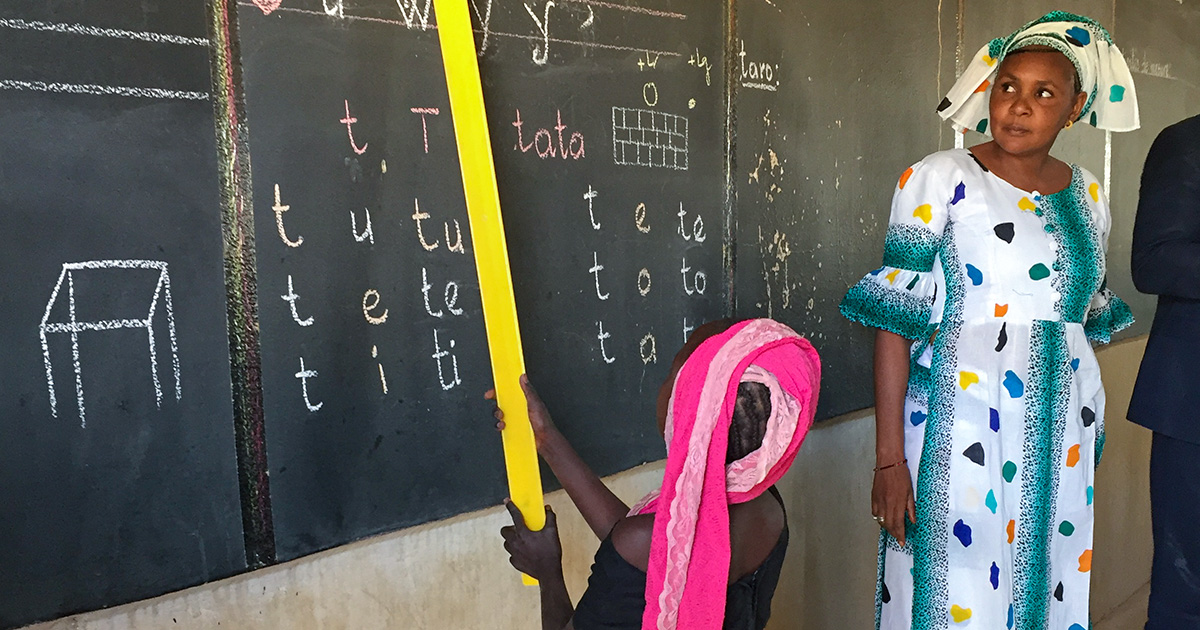Globally, 156 million children, including 1 in 4 children younger than 5 years old, are stunted. Stunting has both short- and long-term consequences, including reduced individual and social welfare. Specifically, stunting is associated with increased mortality and morbidity of children, hampers cognitive development, and diminishes educational achievement as well as lifetime earnings by affecting the type of work individuals can perform. Stunting can also have intergenerational impacts, as women who are stunted are more likely to have children with poor health.
As incomes have risen, health outcomes have improved for people around the world. However, reducing stunting is not simply a case of alleviating financial constraints; instead, we need other interventions to help move the needle. Thankfully, emerging approaches to address stunting have shown promise, especially in South Asia and sub-Saharan Africa where it is most prevalent.
Pakistan is a developing country where, despite rising incomes, stunting prevalence remains high and new approaches are needed. Alongside academic partners, I worked with a local nongovernmental organization to test the effectiveness of in-home growth monitoring with counseling (IHGMC) in a poor urban informal settlement in Karachi, where 36 percent of children were stunted. Previous attempts at growth monitoring and counselling had achieved only limited success, as they tended to rely on the parent to show up at a center or use tools given to them without any expert help. We used a more direct method that engaged the child’s mother in the growth monitoring process with the help of a community health worker (CHW). Because mothers are often a child’s primary caregiver, their engagement is crucial to ensure adequate physical, cognitive, social, and emotional development. Accordingly, CHW programs offer regular visitation and counseling for mothers. In Karachi, we tapped CHWs to see if providing IHGMC helped reduce stunting. Every month for six months, CHWs visited households in this community to measure the growth trajectory of children. During these visits, they measured the child’s height using precision instruments, actively involving the mother by having her set and hold the child in place, and giving her feedback on her child’s growth trajectory. This relatively simple set of actions resulted in a 10 percentage point reduction in stunting; with careful thought, such a program could be scaled up by integrating it into existing CHW programs, which proliferate in much of the developing world.
The preceding insights are useful for donors and policymakers working to reduce stunting for a few reasons. First, as mentioned, the program we created and tested has the potential for scale. We followed the established CHW model that positions IHGMC intervention for the possibility of scaling up with other CHW programs, which abound across low- and middle-income countries. Moreover, our program was cost-effective: the total cost per case of stunting averted by the intervention was $360, which is on the lower end of the range for similar interventions in Pakistan and globally ($202–$1107).
The nature of our CHW-based program, along with its cost-effectiveness, suggests that IHGMC can be folded into existing CHW programs in high-stunting settings. Many developing countries have large local CHW programs supported by governments that are actively investing to reinvigorate them amid global calls to increase the scale of existing programs. CHW programs can reach underserved populations efficiently and help substantially reduce stunting when equipped with the right tools and programming such as IHGMC.
Currently, we’re working on a follow-up trial in rural Sindh, Pakistan, where our baseline suggests that more than 50 percent of children under age 5 are stunted. In this follow-up, we provide mothers with a simplified chart that enables them to see clearly whether their child is stunted, enabling them to take action to reduce the chance of further growth faltering.
We’re hopeful that our approach, along with its supporting research, can help tackle the challenge of stunting globally. We know that most stunting occurs in low- and middle-income countries, which are more likely to have small public health budgets, too few and inadequately equipped health staff, and a population that far too often lacks resources and literacy. However, despite these obstacles, we also know that tools such as IHGMC are well suited to help these communities.



